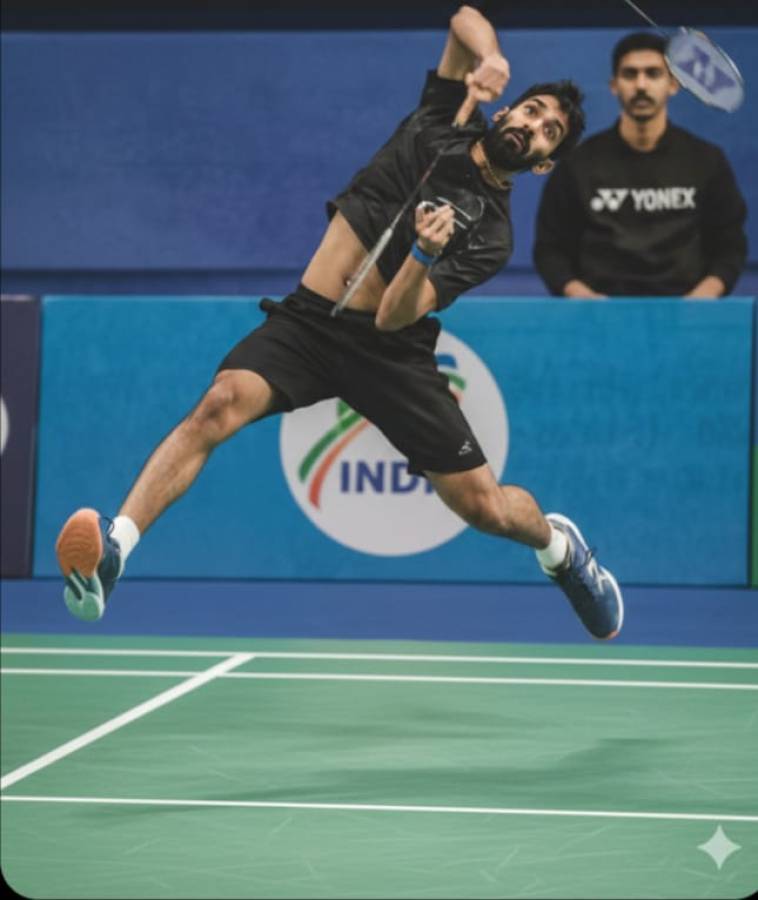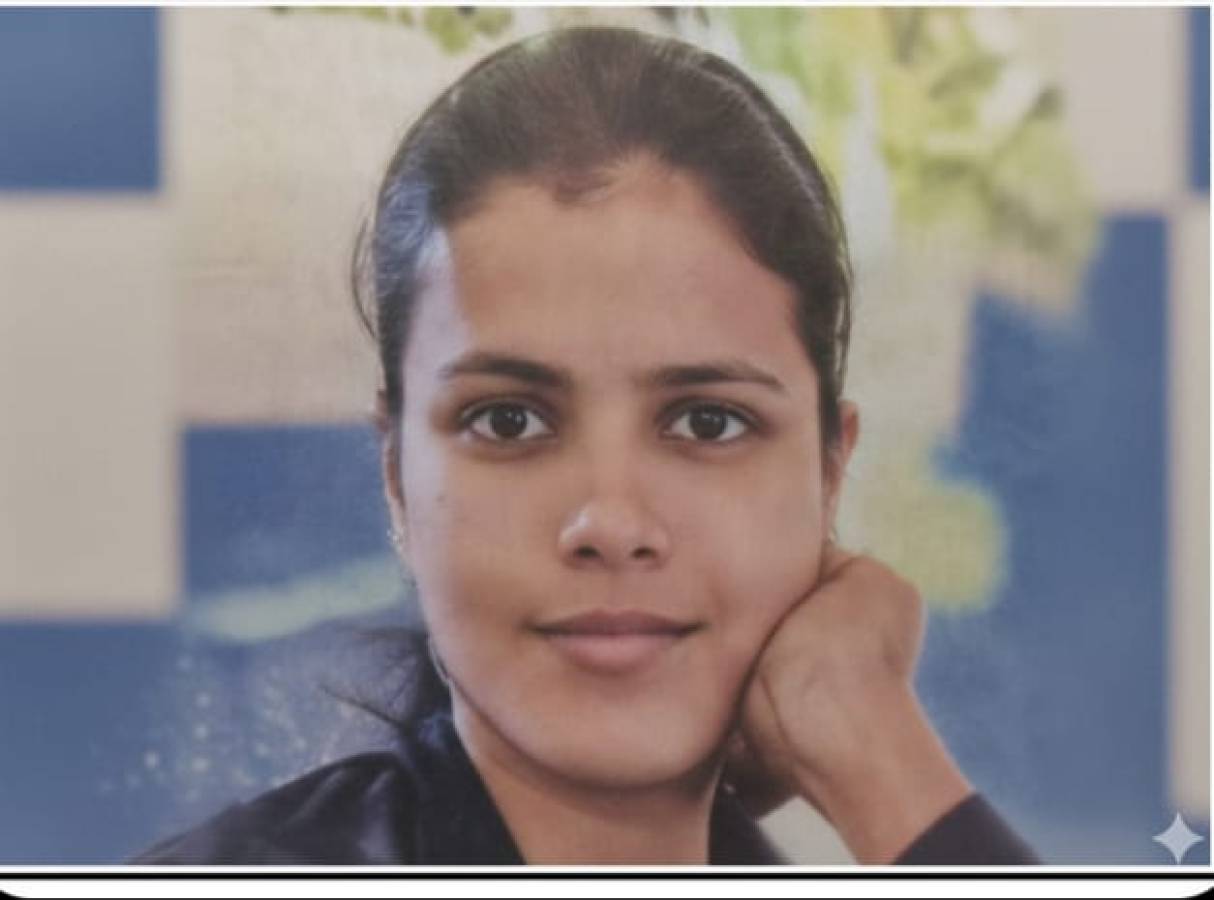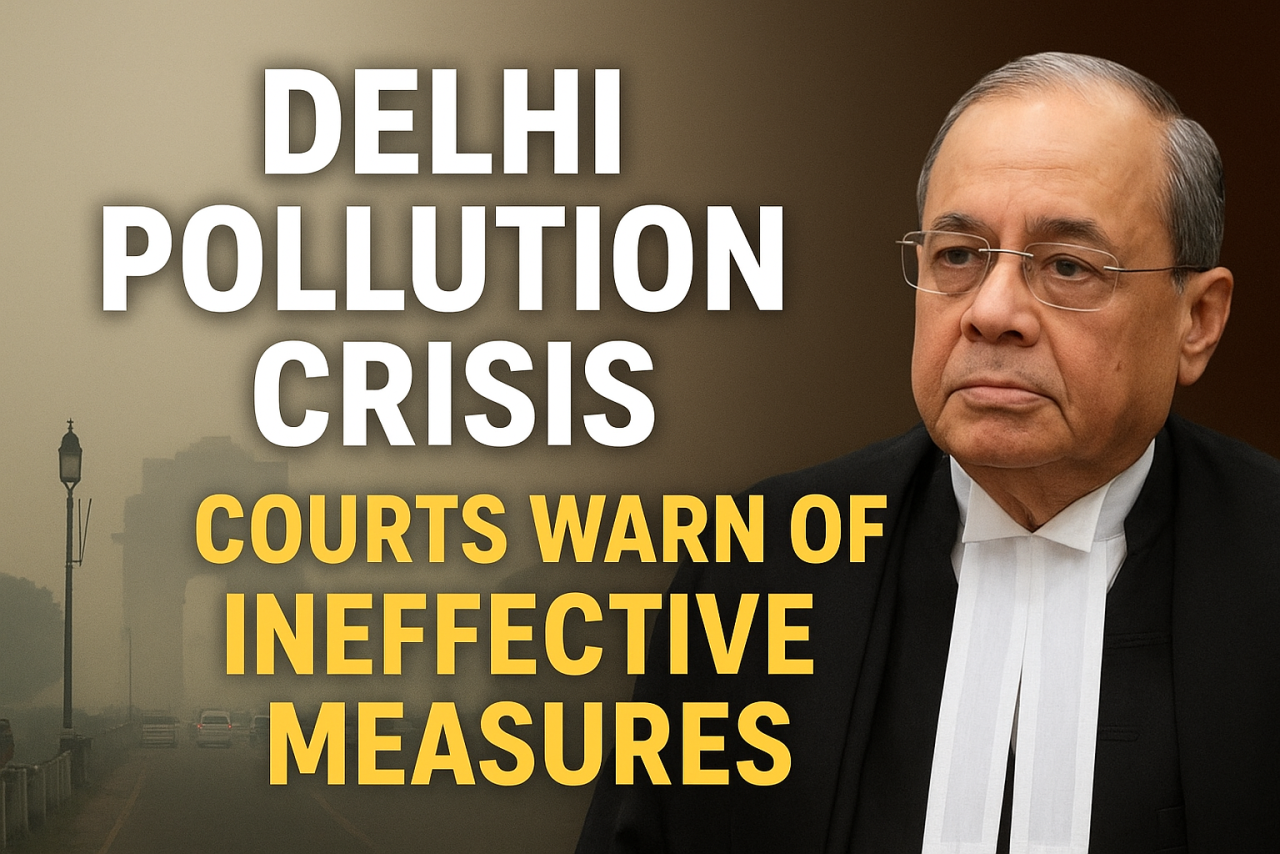.jpeg)
Something is quietly changing on Indian tracks, and it’s not just faster times. At the India Open Relays in Bhubaneswar, four sprinters from the Reliance Foundation — Gurindervir Singh, Animesh Kujur, Amlan Borgohain, and M Sridhar — clocked a blistering 38.32 seconds in the men’s 4x100m relay. That’s not just a national record. It’s the clearest sign yet that Indian athletics is shifting gears.
For years, India’s athletic dreams were stalled by state-level bureaucracy, outdated training models, and limited private investment. But 2025 feels different. Corporate-funded foundations like Reliance and JSW have brought what Indian sports long lacked: professionalism, purpose, and performance metrics.
A quiet revolution is also underway within the Athletics Federation of India (AFI). Instead of centralizing all elite athletes in government-run camps, the AFI is now encouraging healthy competition — not just on the track, but among training centers. Athletes can now choose where to train. Whether it’s a private setup in Mumbai or a steel-backed program in Odisha, the focus is on results.
“It’s not just about opening up competition,” said an AFI spokesperson. “It’s about building depth. We wanted to move beyond our Olympic cycle mindset and develop year-round talent.”
The results are showing. The Reliance Foundation’s relay team isn’t just fast — it’s consistent. Three of their sprinters recently set national records in the 100m, 200m, and 4x100m. Under the guidance of top international coaches like James Hillier, who joined in 2019, they’re finally hitting global sprinting benchmarks. A few years ago, Indian sprinters struggled to break 10.5 seconds in the 100m. Now they’re chasing sub-10.2.
This new athletic culture comes at a crucial time. India is still recovering from a lukewarm Olympic showing. Outside Neeraj Chopra’s javelin triumphs, track and field events have stayed mostly quiet in both Tokyo and Paris. But back home, a new ecosystem is beginning to deliver results.
Corporate involvement isn’t just about funding. It’s about structure and support. Athletes like Animesh (10.25s in 100m) and Manikanta (10.36s) aren’t just running faster. They’re learning how to peak at the right time, follow disciplined diets, use precise training methods, and stay injury-free. This is sports science, not just sentiment.
Other regions are catching up. Odisha has long supported hockey and athletics. Its high-performance centers are now producing medal hopefuls. Uttar Pradesh has announced plans for sports colleges in every division, all linked to a dedicated sports university.
The momentum doesn’t stop there. The Union Sports Ministry has approved 13 franchise-style leagues across lesser-followed sports. The idea is to make athletics, wrestling, swimming, and others as sustainable as cricket. It’s a bold attempt to recreate the IPL model across disciplines.
Even international attention is growing. Rory McIlroy’s expected appearance at the India Golf Championship, with a $4 million prize fund, suggests global eyes are watching.
Still, those working closely with Indian athletes are staying grounded. James Hillier, the RF coach, remains cautious. “We’re improving, but it’s taken time. Indian sprinters are naturally quick. What we lacked was belief — and a reliable system.”
Now, both are in place.
The next test is the Neeraj Chopra Classic in Panchkula on May 24. It’s a major event on the World Athletics calendar. With Gurindervir and Amlan peaking at the right time, India might surprise a few people in Paris later this year.
If the country maintains this pace, its sprint to global athletic glory could arrive sooner than expected.





















